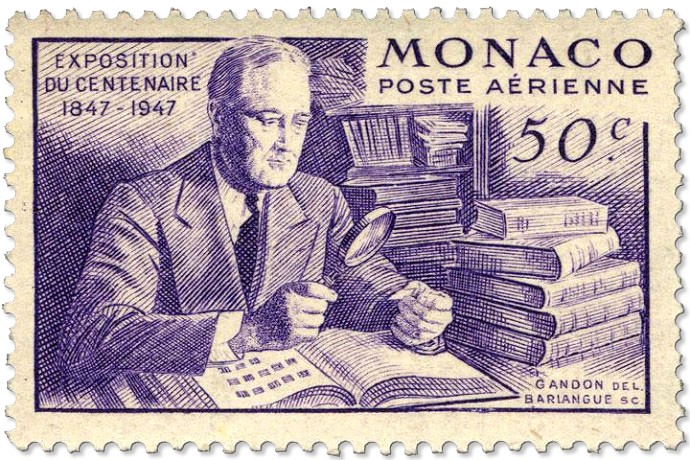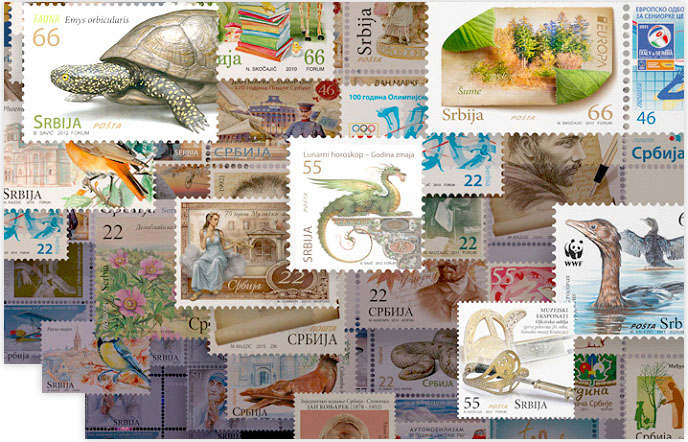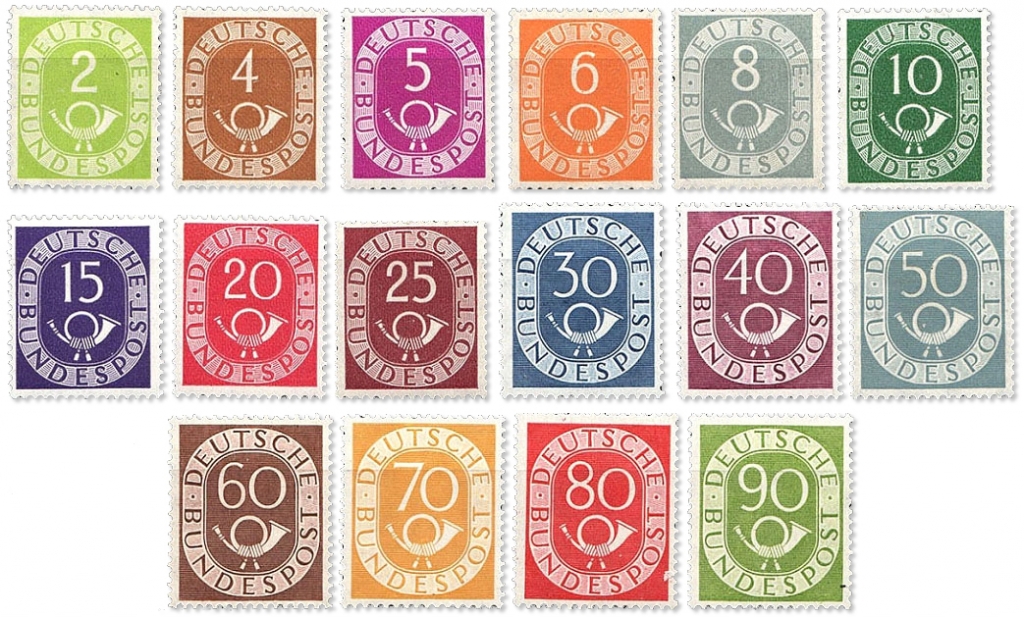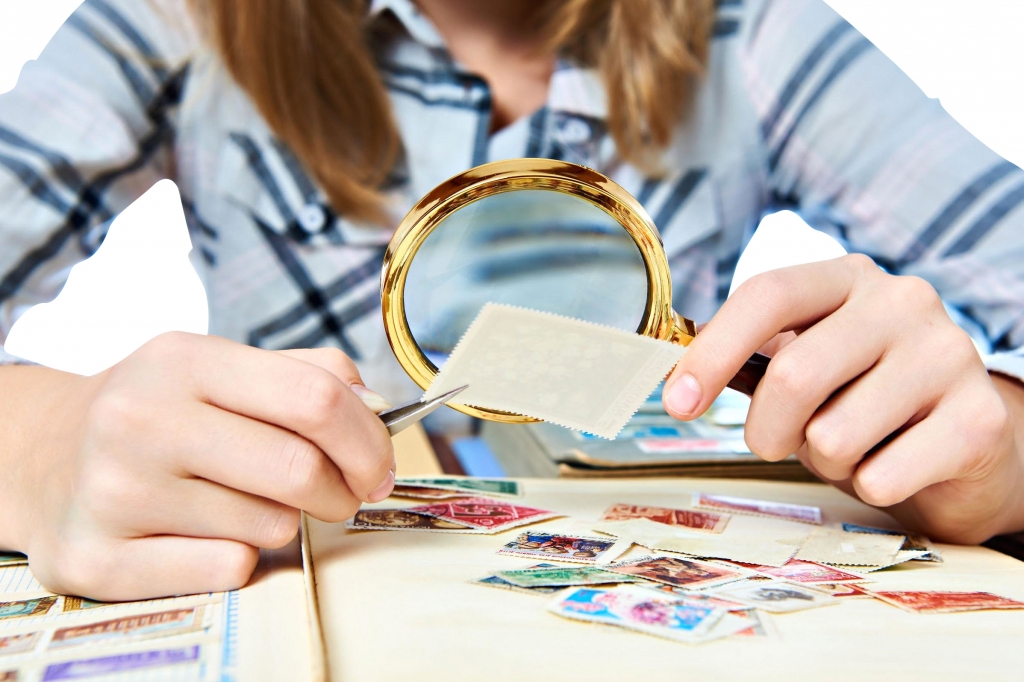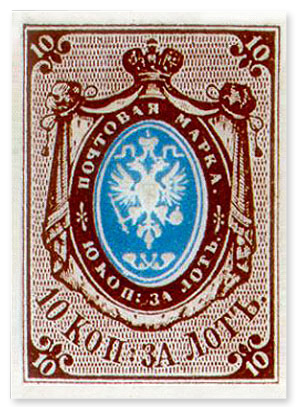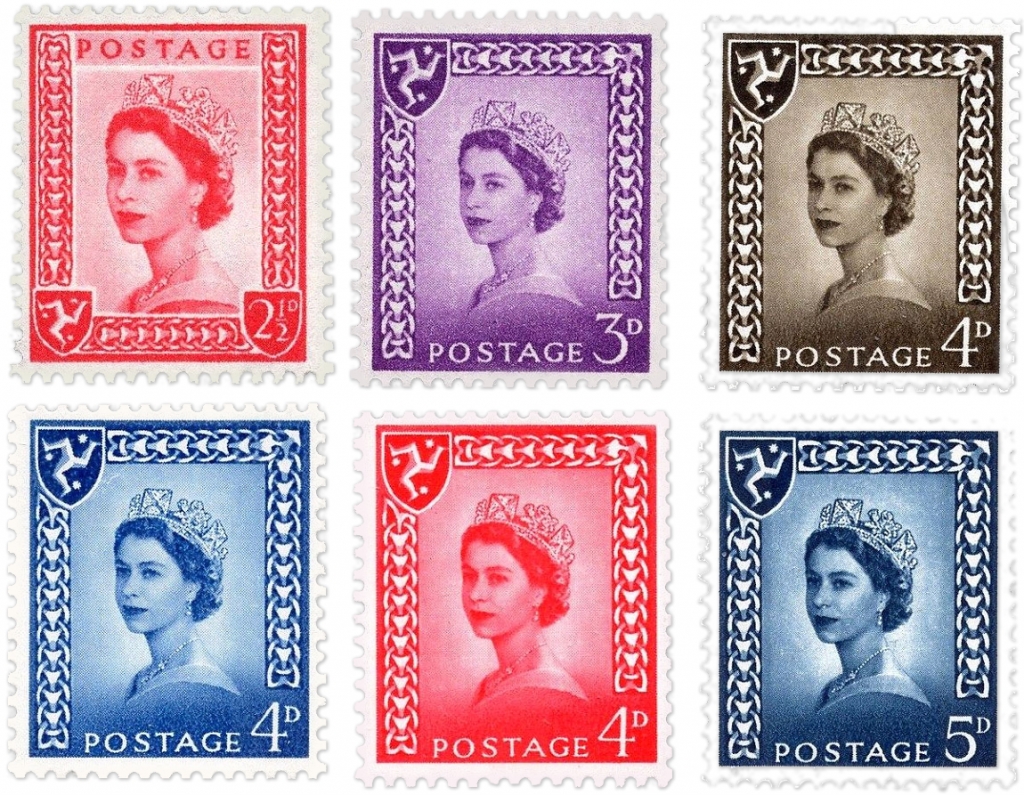How to Be a Smart Collector: Practical Tips From a Stamp Expert
June 18, 2021
Views : 9096
Philately is a story of passion and love for stamps and postal associates. So, never lose this point of view that must remain the keystone of your collecting process and journey whether you are an experienced collector or just an amateur. The collection means pleasure. Collecting for pleasure makes just as much sense as collecting to invest in time. But, philately must remain a hobby.
But how to collect stamps? Or rather how to collect them in a smart way? What are the keys to philately without breaking the bank? Can we consider making invested Philately without necessarily targeting the most expensive coins which for the majority proves inaccessible? No need to spend millions on your collection as it is not necessary to aim only at big prices or rarities. Be a smart collector!
So, here are some tips that will definitely make a difference the day you want to part with your collection to sell it or to bequeath it to one of your loved ones. It's time for an expert to get his eye on you and your collection!
But let’s return to the very fundamental philately principle - collecting for pleasure and for the love of stamps. Is it possible to combine the pleasure of collection with the investments in time? One can indeed combine very well these two things. Let's think further. Here are some rules to keep in mind when you make your next purchases or when you pass your collection to someone. Surely, these tips will give your collection an undeniable extra value in the future. They are very simple. So simple that you will wonder why no one has really written about it yet.
Homogeneity
So, here are some tips. First, always try to have a general quality, forming a continuity. Collect stamps that have the same quality. Indeed, it’s better to make your collection “logical” rather than end up with all kinds of quality that would make your collection almost unsold or make it lose its overall value. The same applies to postal quality. It would be quite damaging to collect stamps without worrying about their postal quality: whether they are mint without hinge, mint with a hinge or used, with or without gum, canceled on the 1st day… etc. It is better to have a collection of only mint stamps with hinges rather than a collection consisting of various postal qualities.
Of course, if you can afford it, a collection of mint stamps without hinges with luxurious erasers, signed or certified is the most rated and undeniable asset for sales. It’s perfect but not everyone can create this kind of collection. Therefore, homogeneity will have the last word again. It’s another point, also having its importance. It’s about being consistent over time and following the original broadcasts. And this is where you'll have to be smart! For example, collect by period and country of issue. Set yourself a period and geographical area.
On the one hand, it will be much easier for you to focus on an established timeline and on a place to make it homogeneous. And on the other hand, it will be more accessible to you to complete and make consistent this set. For example, you can collect only the classics of Eastern European countries or French classics, modern German stamps, stamps from the former colonies or those from overseas countries, stamps from the people's Republic of China … whatever! There are many ways. Always think of your collection as a whole. Make it logical and continuous. Avoid disparities at all costs even if sometimes you might be tempted to do otherwise for cost reasons. It’s better to leave an absence than to absolutely want to fill a lack at all costs at the expense of general or postal quality.
Chronological or Thematic
Some collectors follow the timeline. Yes, the timeline works and gives appeal to resale, but not in all cases. Suppose, you collect French stamps. Collect chronologically to its full meaning - no problems here. Or, you collect German stamps. Well, then it gets complicated. Since Germany has undergone many territorial manipulations during its history and especially in the 20th century, it may be more difficult for you to assemble a chronological collection. You will need to specify historical and geopolitical times to be able to embrace Germany in a broad sense and compose an exhaustive collection. Otherwise, you will have the choice to segment the periods of history and make your life easier by seeing Germany from another point of view, an angle that will be yours: the grand duchies, the Reich, the quadripartite period post-1939-1945, Berlin, the GDR, the FRG, modern Germany or so-called Federal Germany bringing together both the FRG and modern period.
The timeline only works well if you fixate on an original issuing country. Otherwise, it becomes more complicated ... but not insurmountable. You just need to add a second level of hierarchy if you want to find yourself there. Again, think of homogeneity and consistency, that's the key.
And what about the theme? Even if the chronological classification style prevails among a majority of collections and collectors, we should not stick to the theme that would tend to surprise us. So, don't rely too much on what you can read or hear about this kind of ranking. The theme still works and even very well! Nowadays the interest is growing for sport such as the Olympic Games, football, World Cups, or transport such as aviation, rail, maritime, famous people (celebrities, historical and political figures), Christmas and vows, art in the most exhaustive sense possible (painting, sculpture, photography, plastic arts, visual arts, sound arts, graphic arts, design, street art, land art, institutional arts, crafts and know-how), heritage and culture, space and the universe, mythology, religion. You will understand that beyond fauna and flora, multiple themes can exist philately, depending on the collector profile. Bear in mind that the thematic collection will be more appreciated as your theme collection will be precise and specific. Do you want to create a collection about animals? Very good! But choose specific ones: felines, reptiles, aquatic fauna ... get off the beaten track! For sure, your collection will stand out due to its rarity and specificity.
Specialization
Here are some examples such as refocusing on a historical period, on a country of issue, or sometimes even both; focusing on a geopolitical zone, aiming for a particular issue or a particular type, focusing on specific obliterations or markings, looking for certain types of obliterations (date stamps, rhombuses, large dots), prospecting postal varieties or errors, non-issued stamps or print essays, collecting one or more several catalog purposes (airmail, service stamps, tax stamps, stamps for postal and non-postal parcels). Practice by the format: collecting only blocks, sheets, notebooks, proofs or leaflets but be careful this way of collecting however remains quite expensive… It's up to you to make your choice but be precise. Opt for specificity and rarity as soon as the opportunity arises. Always think about making a difference by making yourself special in the image of the expert working in his field of predilection to give your collection something unique and authentic.
Modern Philately... What should we think about it?
Modern philately can have a real interest and a considerable asset if you collect by type or format. Let’s clarify... collect, for example, souvenir blocks, common broadcasts, or all that is of the order of philatelic covers. You could specialize in notebooks, so-called “Collector's editions” which are published thanks to the online customization service set up by the post and more generally all self-adhesive. Opt more for those that have been personalized by a company or a private organization.
There are so many fields of investigation for your collection that prove to be quite promising. So why do without it? The key lies, as you will have understood, in this very targeted way of collecting. The specificity rules here once again. By following these few tips, you will surely build an investment collection.
What else to remember

If there is perhaps one essential thing to remember is still the pleasure of collecting that must provide the collection. Yes, please yourself above all! It is a key that belongs to you and is your own. From there, the rest would become almost anecdotal. You’ve probably understood that everything lies in inhomogeneity. It's at the center of everything. This is what must guide you step by step. Do not forget to specialize at your maximum. By making this choice, you will endow your collection with a unique character and you will make it all the more authentic. The meaning to bring to the whole, as well as the specificities for which you will have opted, will allow you to build a coherent collection and ensure you have pleasure in "investing"! Small tips and precautions for stamp archiving: never place your collection in a cellar or attic but always in a temperate room with balanced hydrometry. The stamp is like chocolate! It is well at 20°C.
